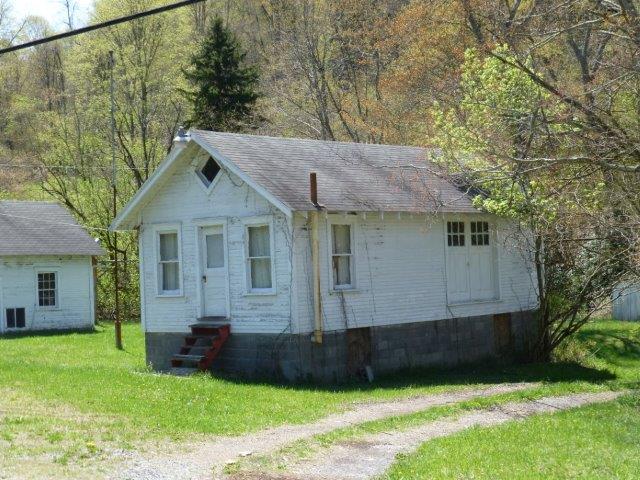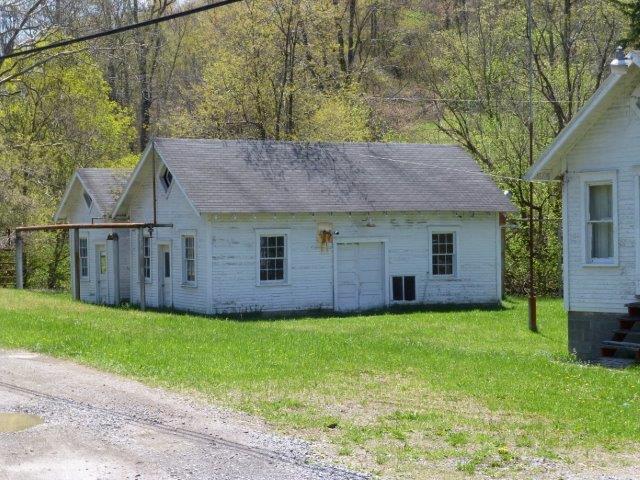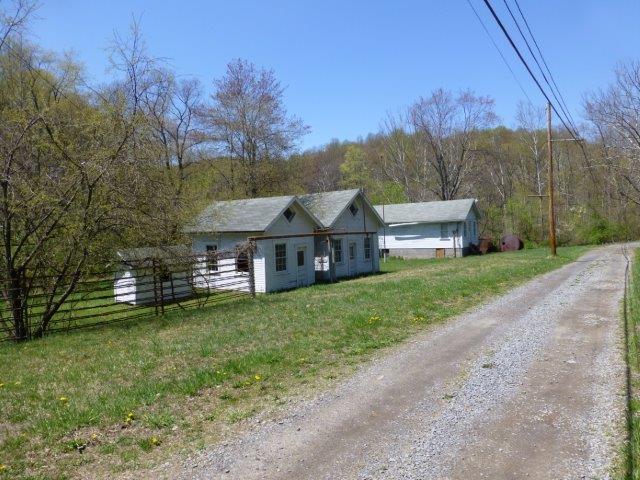
July 2013
An Old Friend
By Paul Harvey
As I am writing this article our big June Engine Show is
about to begin. I realize that it would be great to be writing a show
report now but, due to the deadline, that will not happen until the
August Flywheel article. So I have decided to take a trip down
memory lane to re-visit an "Old Friend" that I enjoyed so many years
ago. Having the good fortune to make a pleasant trip to
I was in
Soon, I had met the pumper, Les Neely, and he would take me on his rounds to start and pump the wells. It was really fun to cut classes and meet Les in the early morning with dew still on the grass, get in his old Scout, and see what was new for the day. Les taught me to start and operate a 20 hp JC and a 20 hp South Penn Special, which I found was fun to do on my own on warm Sunday afternoons. They knew that I operated these wells sometimes, but it was not a problem to them. Just leave the engines the way I found them.
On my recent trip, I was delighted to find the location and pull in the familiar driveway, as shown in Photo 1. Everything looked just about the same except for the absent exhaust note of the 25 hp Franklin Valveless driving the compressor to re-pressurize the wells. However, in the back corner of the area was a modern compressor and engine running, so it was still alive. No one was around, but I took the liberty to wander around to see how my "Old Friend" was doing and recall all the old memories. It was great!
Photo 2 is the office building where Mr.
Yost had his desk and met with Mr. Charles Jolly from
Following down the drive, it turns and crosses the brook
to a small house as seen in Photo 5. This was the
residence of Mr. and Mrs. Yost and I enjoyed many dinners there and then
listening to Willis spin tales about the local oil fields. It was
Photo 6 shows the vehicle service rack built across the stream. By the size of the trees, it hasn't been used for a long time, but fifty years ago this was how used oil was disposed. Moving downstream a bit, I found the remains of the bridge and stairs up the other side. See Photo 7. The area up the stairs always had 12 to 15 parts engines and was fun to tour to see what had been brought in. A few hundred yards on, there was a "fording" area on the stream to give truck access to this site. Photo 8 shows the remains of the old dam on the brook that originally provided cooling water for the engine. This had not been used for many years as I recall only the rusty water tank in service.
Photo 9 is the intercooler that cools the gas coming from the compressor and before distribution. It also condenses any water or liquid petroleum that might be in the gas. It is simply a series of horizontal pipes spaced between two upright stands. Originally, creek water dripped over the pipes to aid cooling but for many years it has only used the ambient air. These intercoolers were common practice in both WV and PA pressure plants.
I just had to take a photo of the outhouse, shown in Photo 10, as it is still functional but moved inland from the stream. Back in the 1960s, I recall it mounted out over the creek much as the auto rack was.
Photo 11 shows the 25 hp Franklin
Valveless engine, made in
The meter house is seen in Photo 14. This small building, also seen in photo 9 for orientation, contains the meters, gauges, and valves to monitor and distribute the gas intake and output of the compressor. In case of fire or emergency in the system, the gas can be shut off here.
Photo 15 shows the modern engine and
compressor apparently running in 24/7 service located on one corner of
the site. The engine is the trustworthy Ford 300 cubic inch, six-cylinder industrial using natural gas as fuel. It drives two
compressors doing what the
After touring the site for a few hours and reminiscing the old days, I
took Photo 16 as I slowly walked back to my truck. My
"Old Friend" is still there. I certainly hope to be able to return for
another trip on memory lane. The engine that I brought home was a 20 hp
South Penn Special halfbreed, made in

Photo 1: A familiar driveway

Photo 2: The office building for the facility

Photo 3: The compressor building and parts storage building

Photo 4: The rear of the compressor building

Photo 5: The residence of Mr. and Mrs. Yost

Photo 6: Vehicle service rack

Photo 7: Bridge and stairs

Photo 8: Remains of the old dam

Photo 9: The intercooler for the gas compressor

Photo 10: The facility's outhouse

Photo 11: The 25 hp Franklin Valveless engine

Photo 12: Ingersoll-Rand compressor

Photo 13: The parts cabinet for the site

Photo 14: The meter house

Photo 15: The modern engine and compressor

Photo 16: A last look at the facility